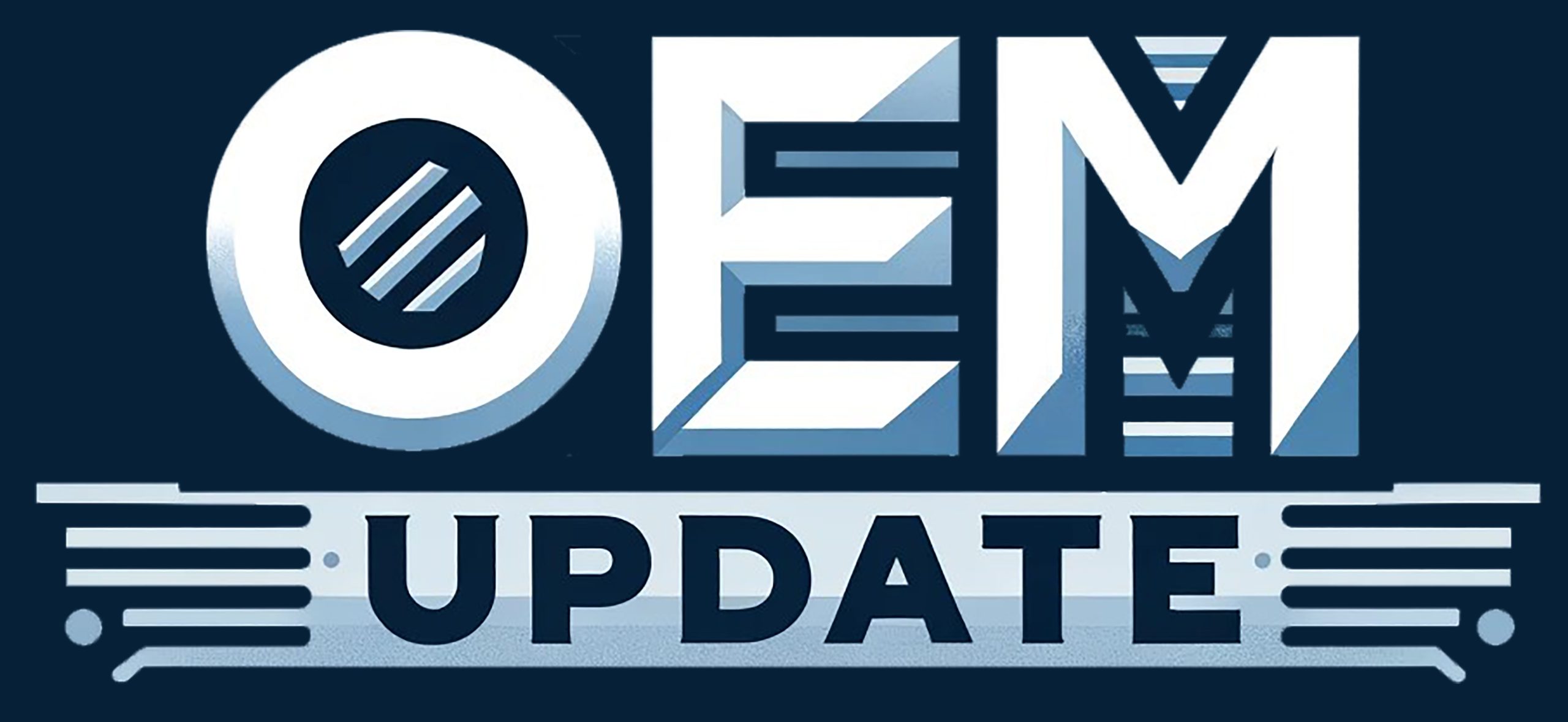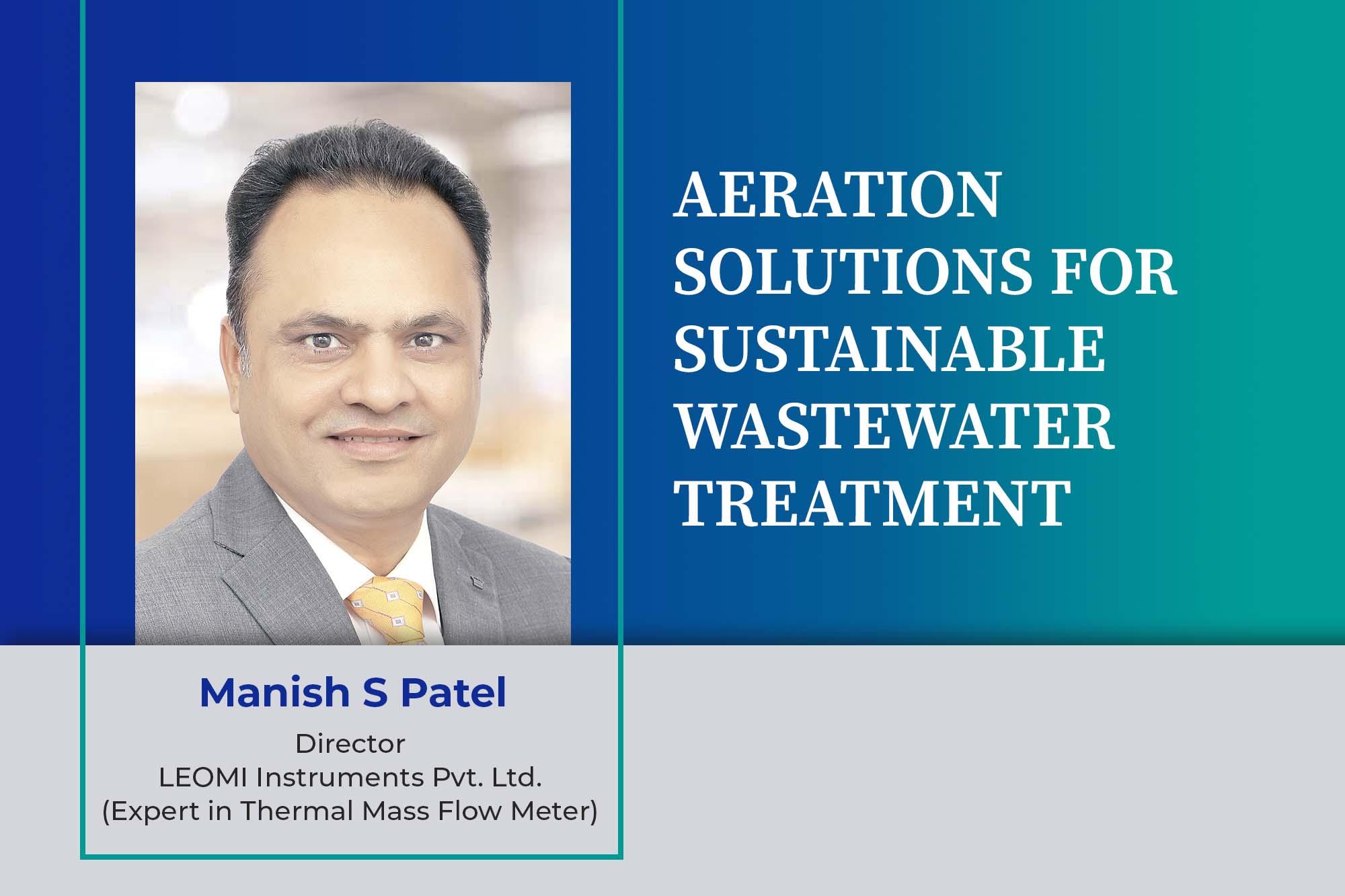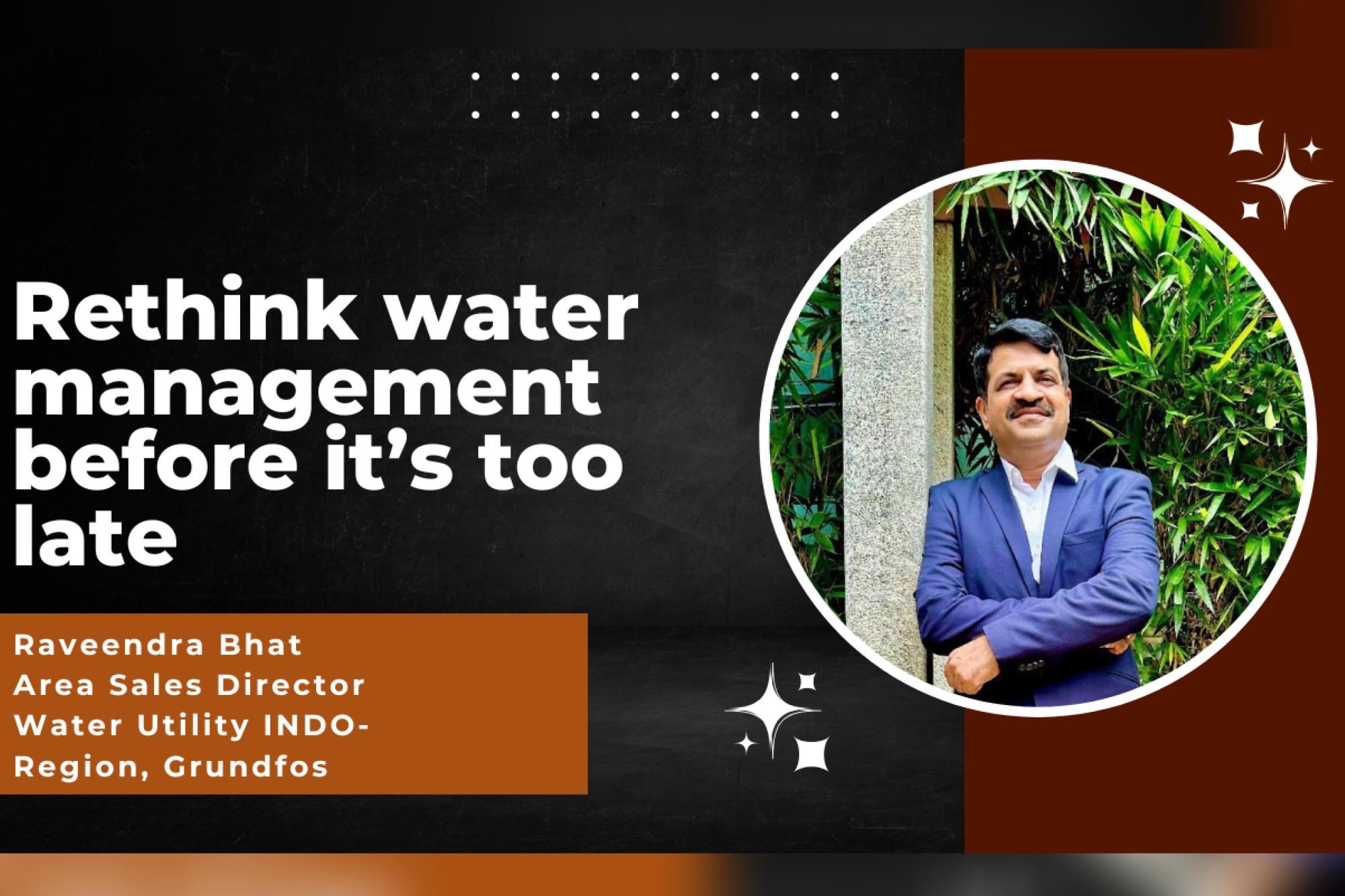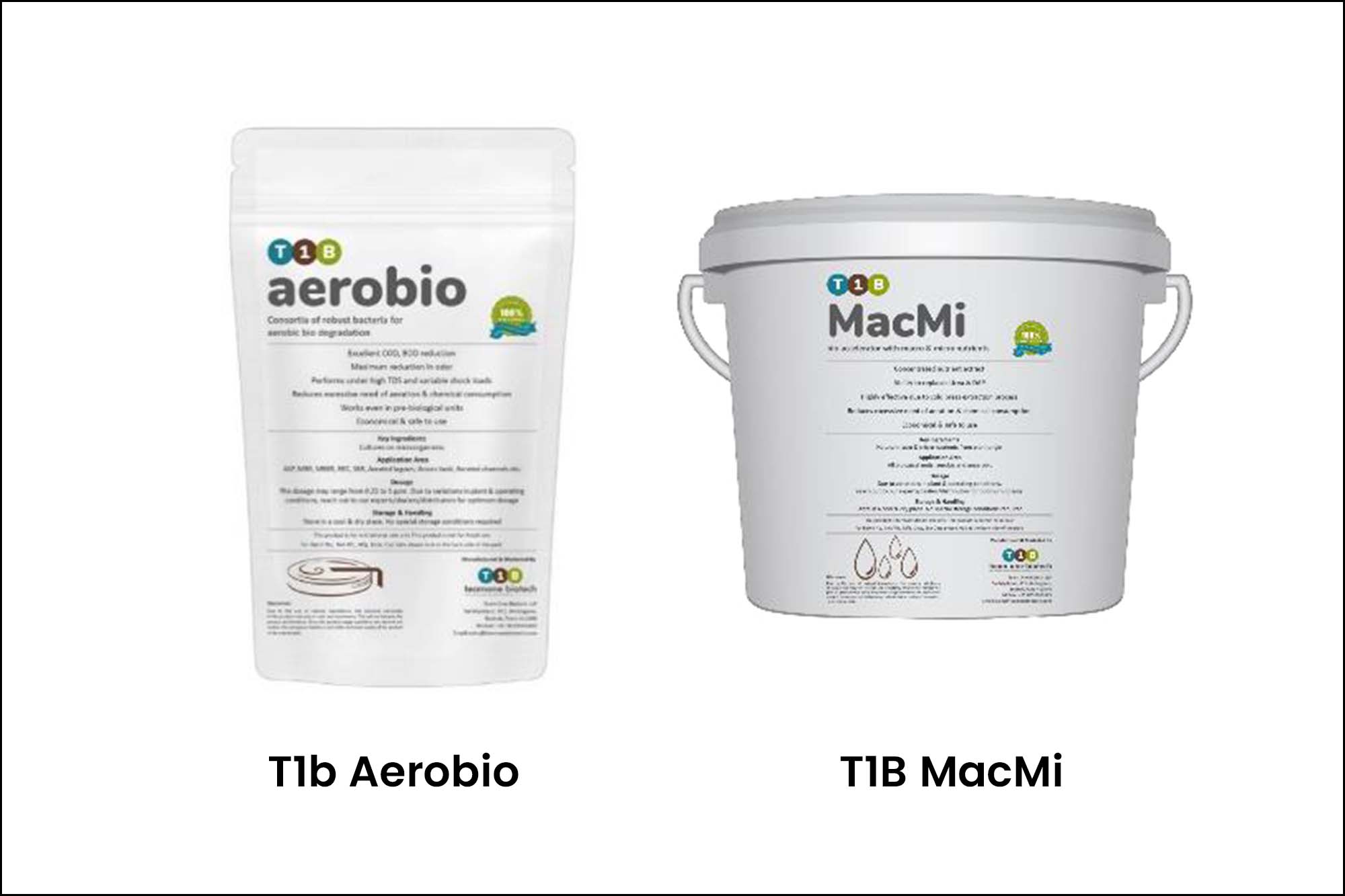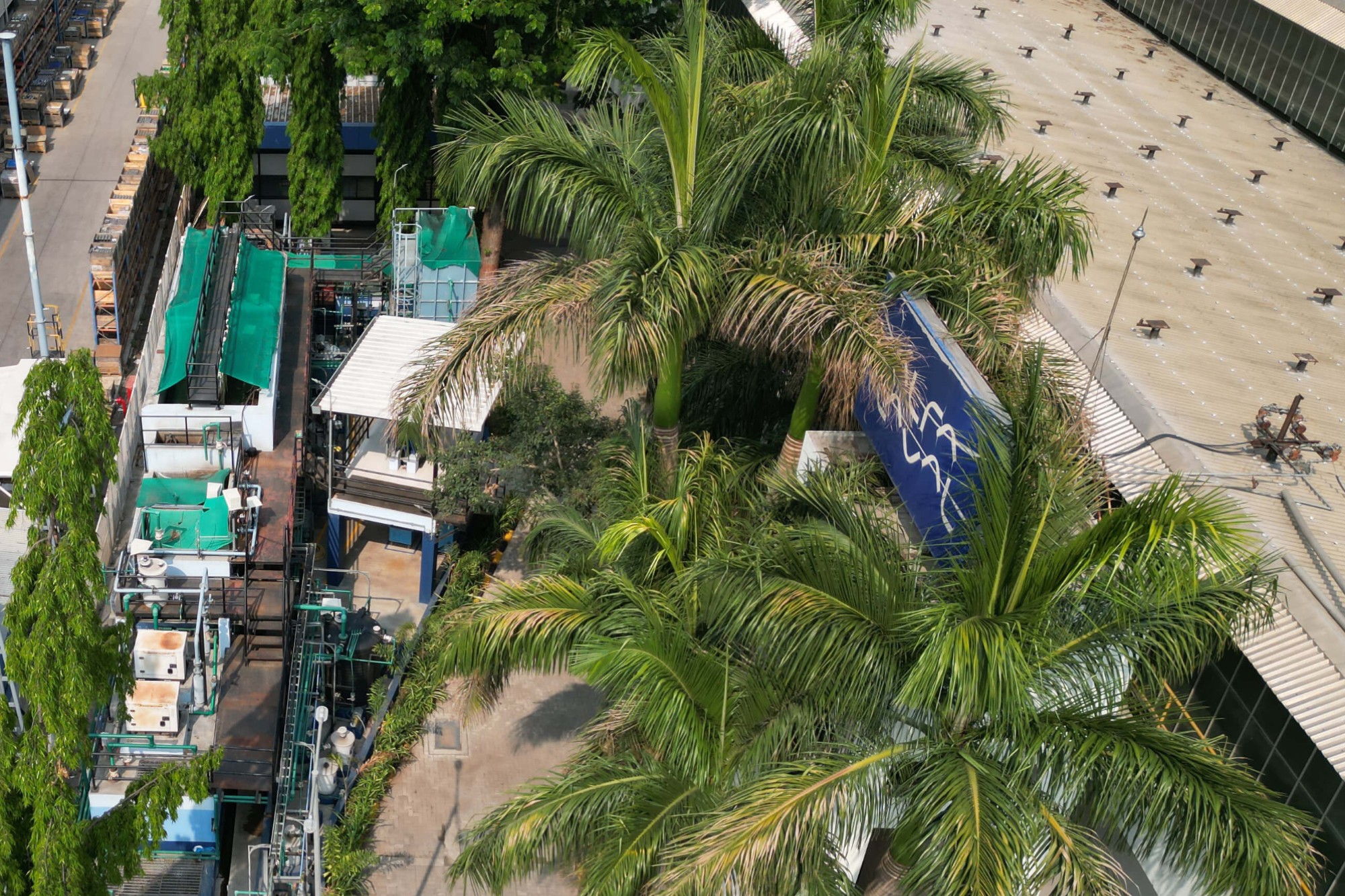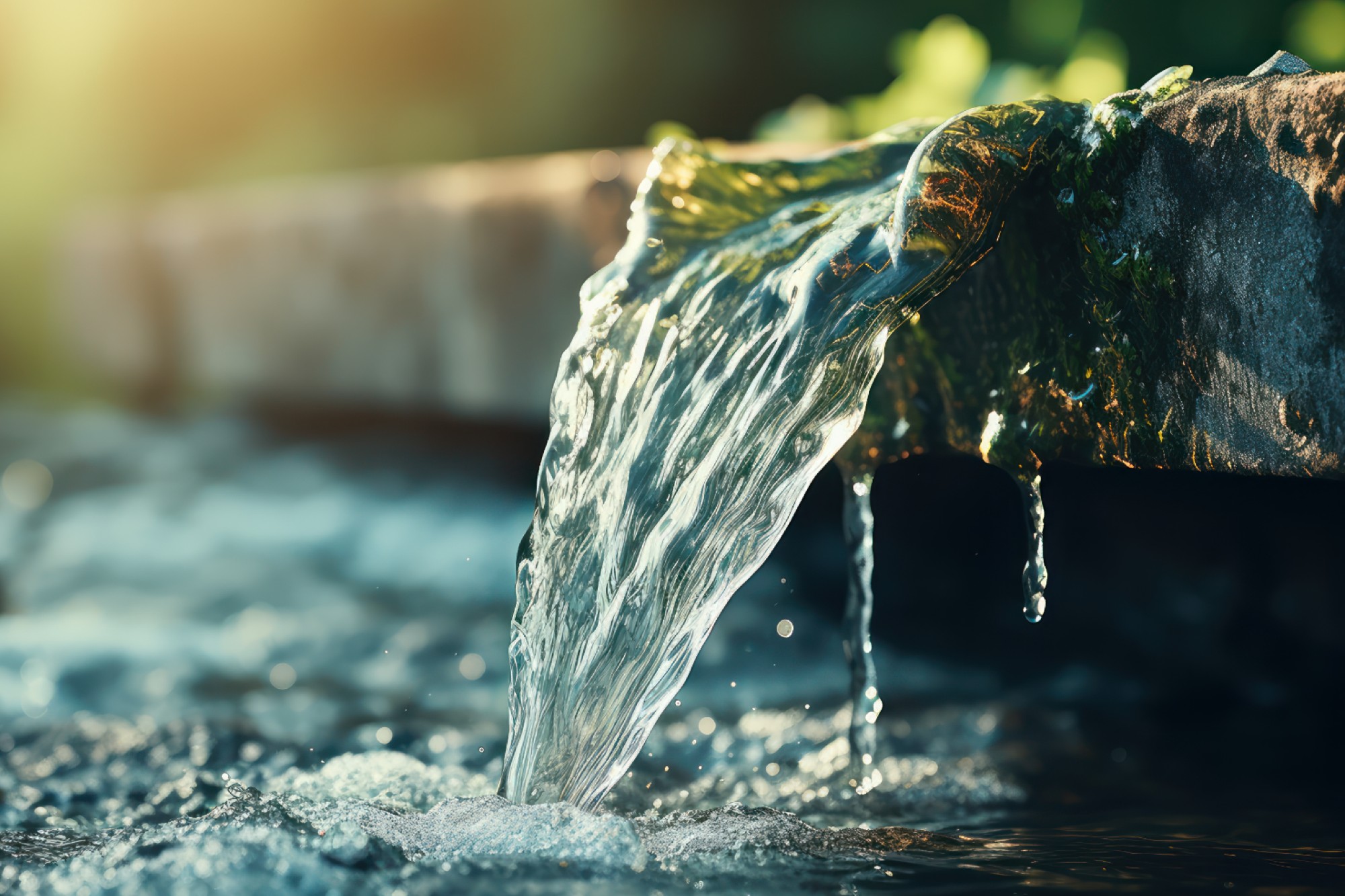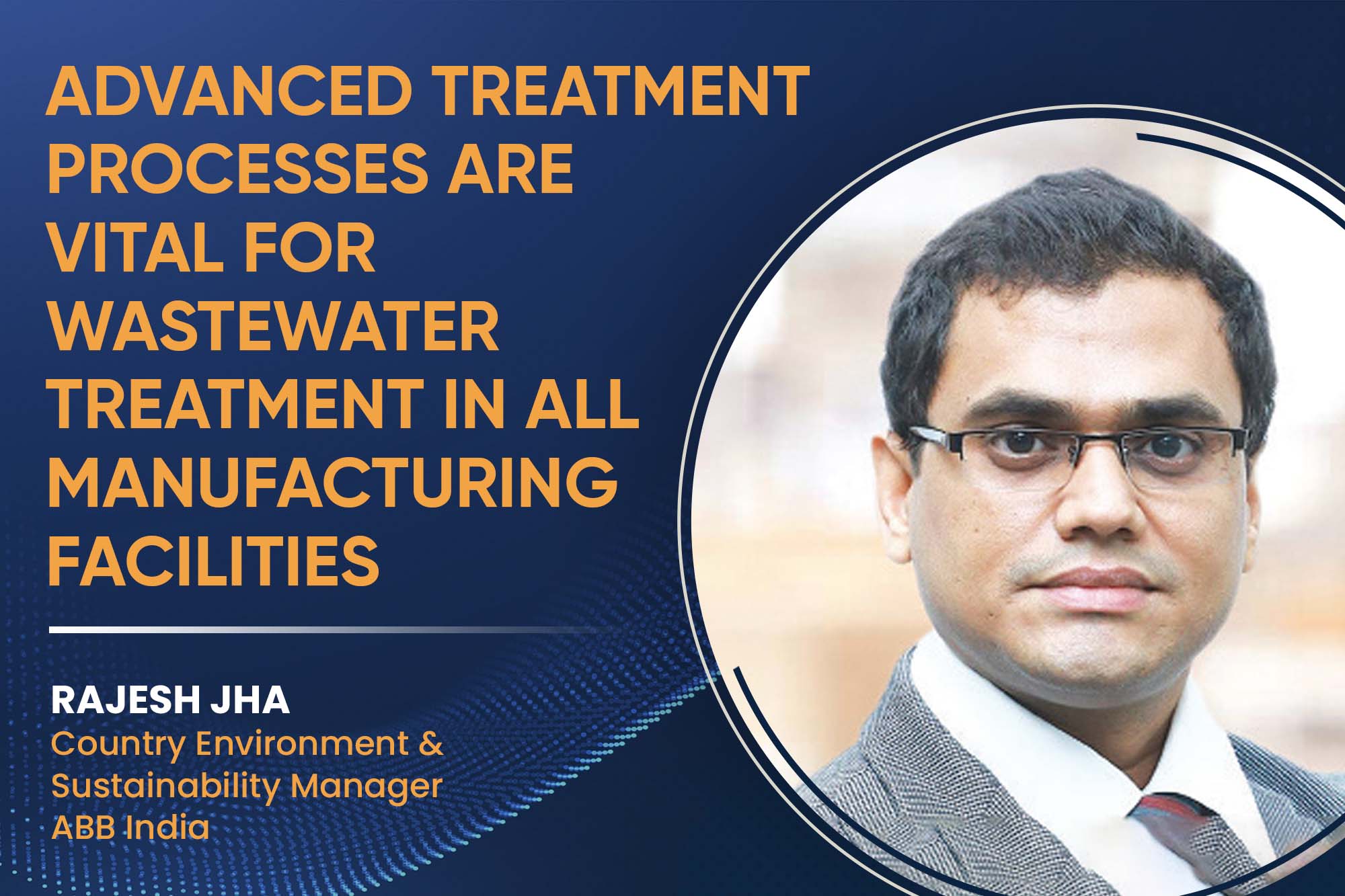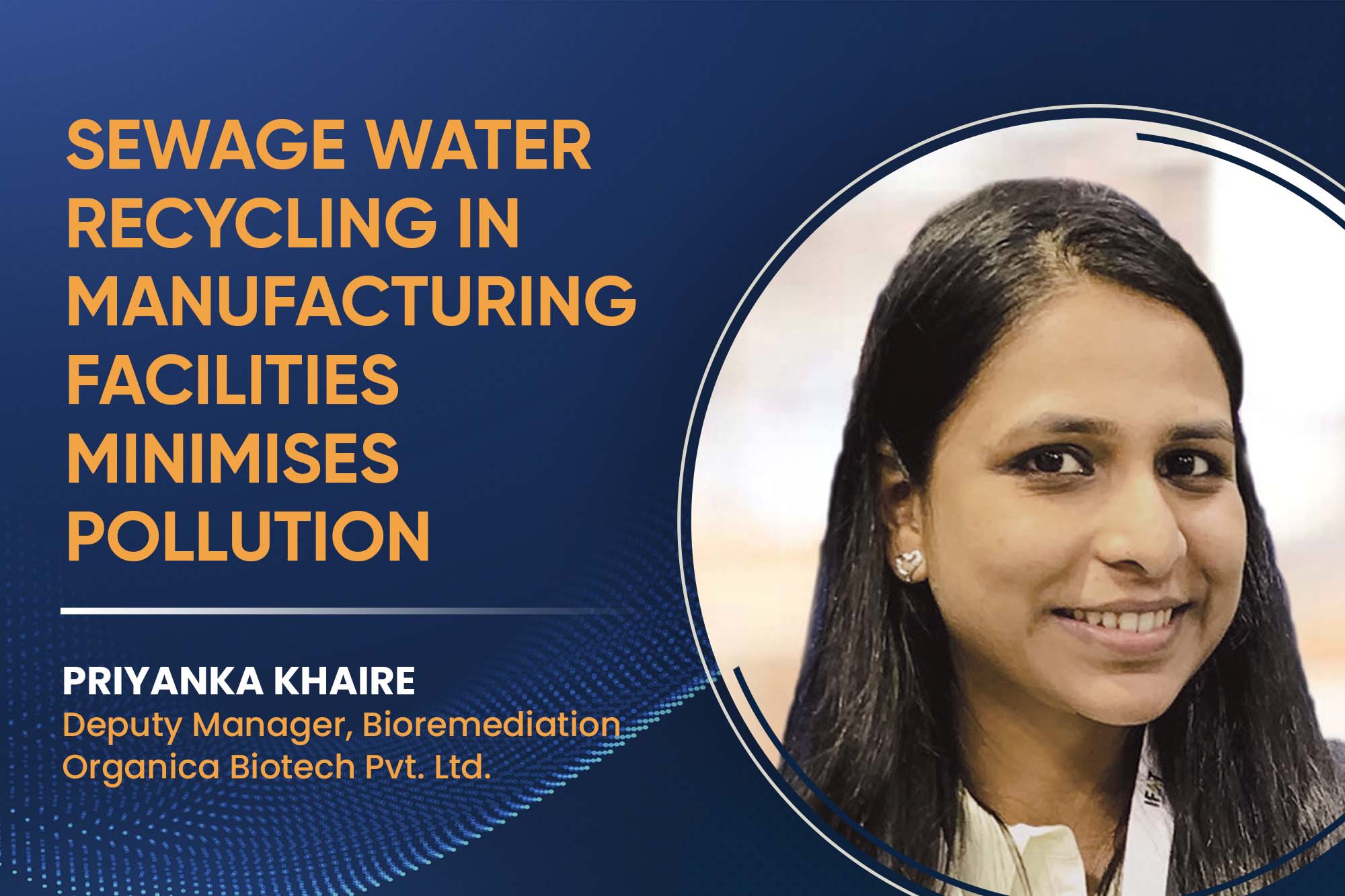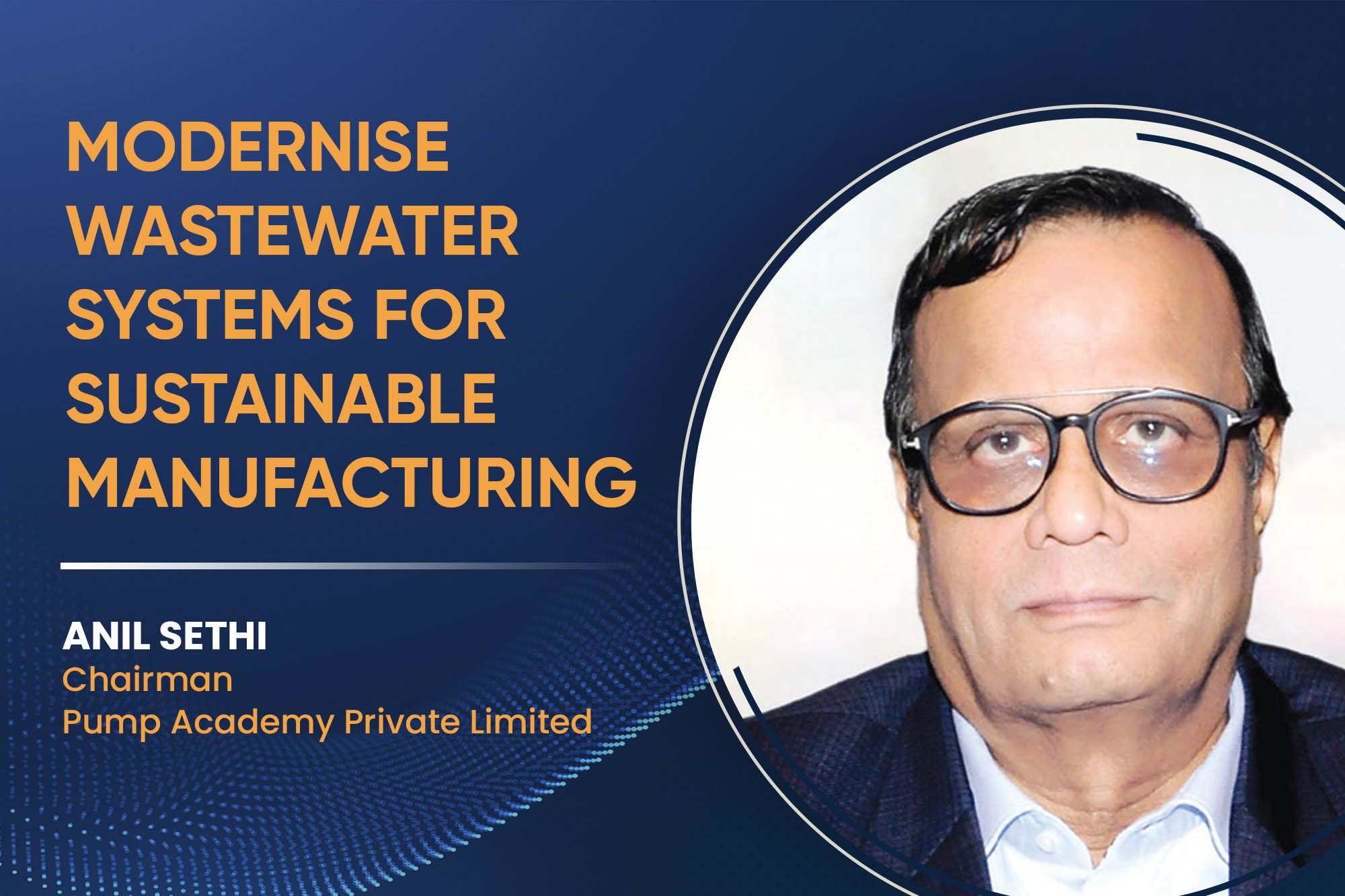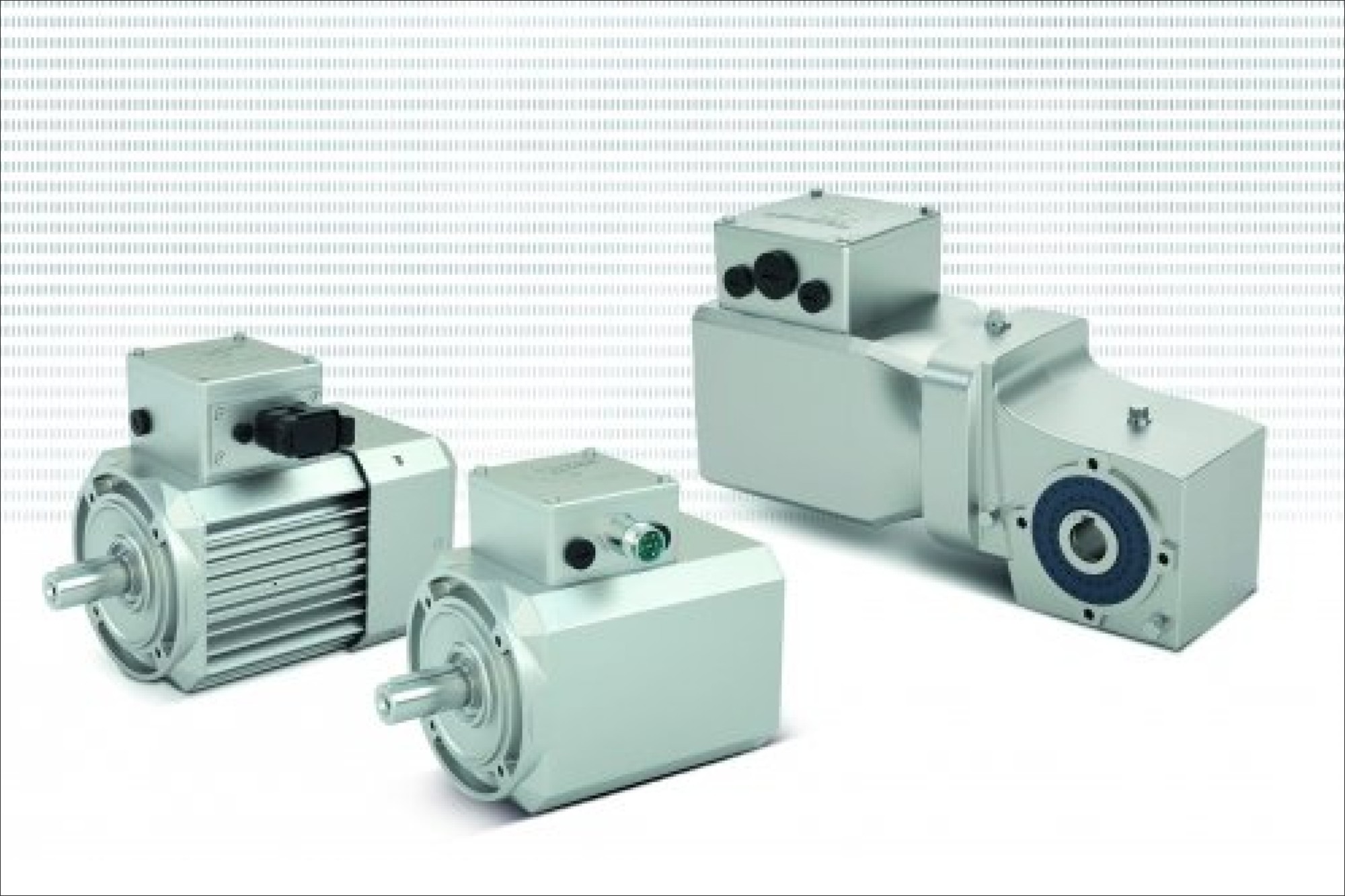Aeration solutions for sustainable wastewater treatment
By Staff Report September 10, 2024 12:08 pm IST
Aeration systems in wastewater treatment plants are crucial for achieving energy efficiency. The article highlights that effective aeration control and airflow management are vital for reducing energy costs and improving treatment efficiency.
Modernising is crucial in the ever-evolving landscape of wastewater treatment due to increasing influent levels and rising energy costs. For operators and managers of wastewater treatment plants (WWTPs), achieving operational efficiency is more important than ever. One critical aspect to consider is implementing a properly designed aeration control system, which can significantly reduce aeration energy consumption by 25 to 40 percent, as recommended by environmental authorities.
Aeration systems are essential in wastewater treatment. They introduce air into the wastewater to create an environment conducive to the growth of microorganisms. These microorganisms decompose organic waste, with oxygen serving as a vital nutrient. An effective aeration system ensures that bacteria thrive and consume suspended particulates, leading to optimal treatment outcomes.
Components of an aeration system
A typical aeration system comprises three main components: airflow generation, distribution, and aeration control. Airflow generation is achieved through aeration blowers, which produce the air needed in the treatment process. Airflow distribution involves air piping, control valves, and diffusers, which work together to ensure air is distributed evenly throughout the treatment basin.
Aeration control involves blower control, airflow calculations, airflow meters, and dissolved oxygen (DO) meters. All three components must work in harmony for the system to function effectively. Poor design or maintenance of any part can lead to inefficiencies, failure to meet DO set points, potential permit violations, and increased energy wastage.
Efficiency in airflow generation and distribution
Up to 50 percent of the operating cost in a WWTP is attributed to airflow generation by blowers. Therefore, selecting efficient air blowers is of paramount importance for energy conservation. Key factors to consider when selecting blowers include design type (such as Twin/Tri-lobe), longevity, reliability, low maintenance, and low operating costs.
Airflow distribution into the treatment basin can be achieved through surface aerators (a conventional method) or diffuser membrane technology. Both methods have their advantages and drawbacks. However, diffuser membrane aeration is often favoured to achieve higher DO levels with lower energy costs, reduced maintenance, and increased efficiency compared to surface aeration systems.
Role of aeration control
Proper aeration control is critical to avoiding operational issues that compromise treatment efficiency. Both excessive and inadequate aeration can lead to significant problems. Inadequate aeration during periods of high loading can result in ineffective ammonia treatment and an increase in the Sludge Volume Index (SVI) due to low DO sludge bulk. Conversely, excessive aeration can cause floc breakup, leading to higher SVI levels.Process control is the most practical method for managing an activated sludge system, ensuring treatment goals, satisfaction of oxygen demand, and resolution of operational issues related to improper aeration.
Key aeration control components
Proper sizing of control components is crucial for an aeration control system. Each aeration control zone should include several key elements for optimal performance. Airflow control is crucial, with valves sized to operate between 30 to 70 percent open, ensuring precise regulation. Positioning valves downstream of airflow meters helps minimise disturbances in airflow. Measuring dissolved oxygen (DO) levels with an online monitor is essential for managing the oxygen available to microbes in the aeration basin.
Optimising airflow measurement is also critical, allowing adjustments that meet the oxygen demand in each zone while maintaining low system pressure. Monitoring airflow rates ensures air is distributed evenly across zones in alignment with the DO content. Additionally, calculating the required airflow involves determining the air needed to bring the DO level back to its set point, often using a PID algorithm for precise control.
Conclusion
Careful selection of air blowers and diffuser systems is essential for optimising the aeration process. Additionally, continuous online monitoring of dissolved oxygen content in the basin is critical, as DO control is driven by airflow rate rather than system pressure. Insufficient air supply can stunt bacterial growth, leading to incomplete treatment, while excessive air supply can result in energy waste and bacterial die-off.
Accurate airflow rate measurement, achieved with high-rangeability instruments that minimise pressure drop, provides a solution for controlling airflow in response to changing demands. By addressing these key factors, WWTP operators can achieve more efficient, cost-effective, and environmentally friendly treatment processes.
Cookie Consent
We use cookies to personalize your experience. By continuing to visit this website you agree to our Terms & Conditions, Privacy Policy and Cookie Policy.
